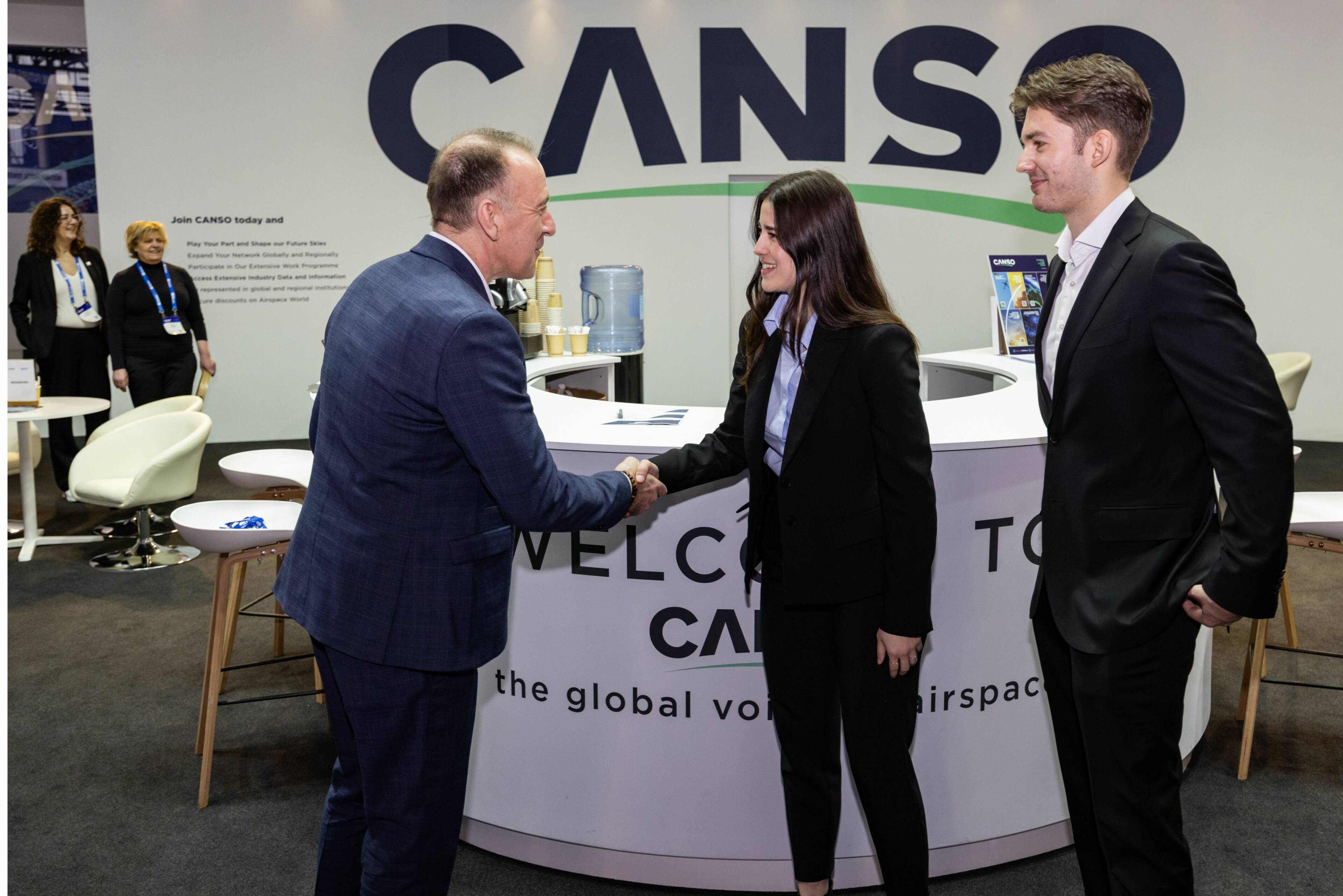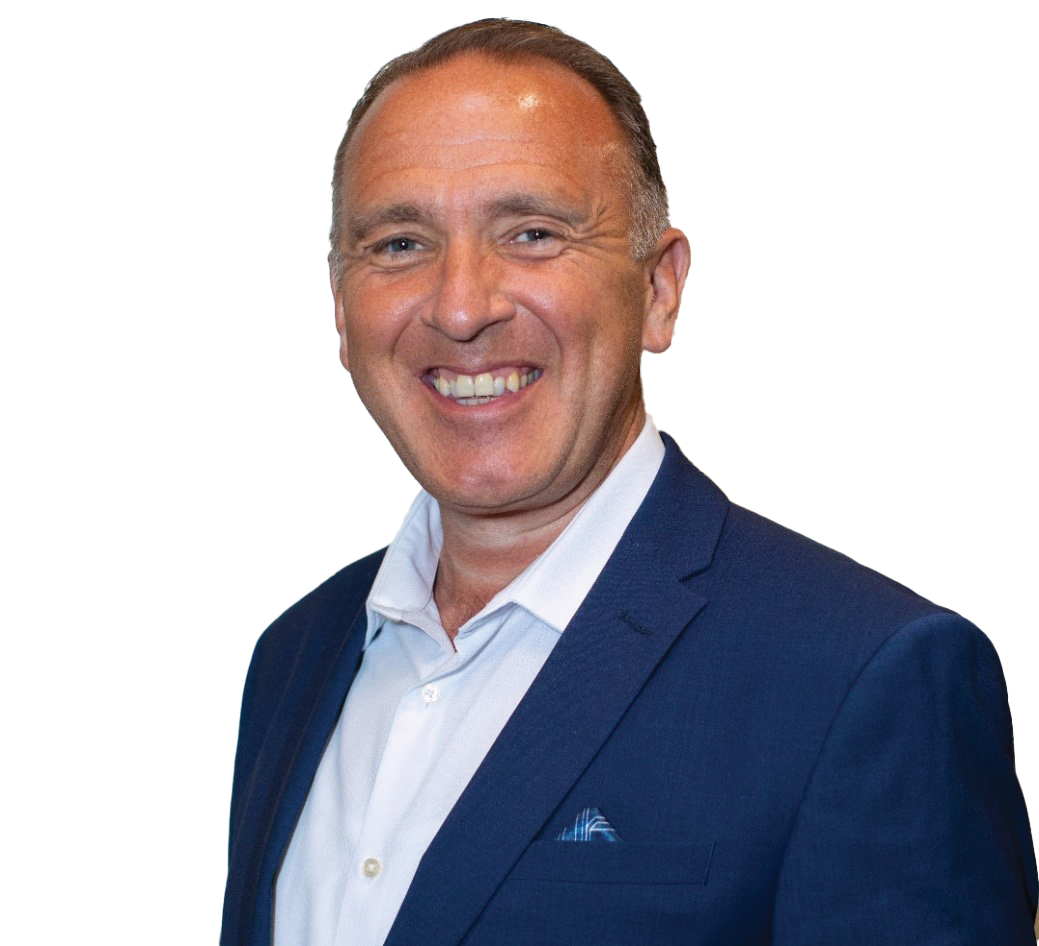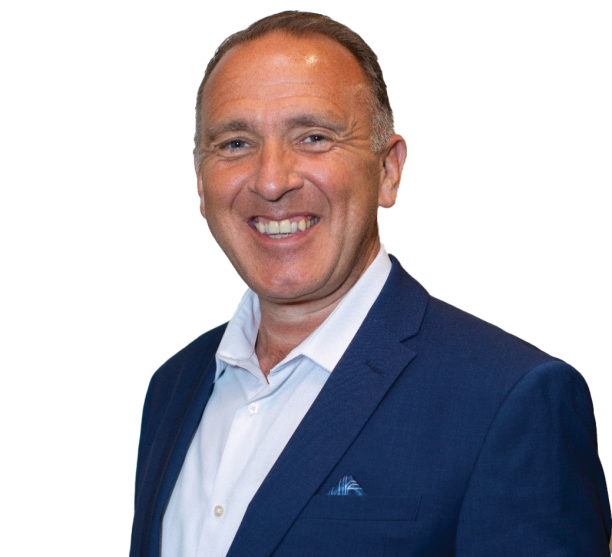

Photo: By Pierre Albouy at Airspace World 2024


Bringing together about 6,000 delegates and around 200 exhibitors was just the beginning. We also had theatres boasting renowned speakers who offered a deep dive into every aspect of air traffic management. Whether it was civil-military cooperation, diversity, advanced air mobility (AAM) or any other topic, at some point over the three days we had a great session on it.
Already, we are working to make the next Airspace World, in May 2025 in Lisbon, Portugal, even bigger and better.
One feature of the 2024 show that will take some beating was our “Tomorrow’s Voices” initiative, held on the final day of the event. After a CEO-Young Professionals' breakfast, we had a number of presentations from and for the next generation of talent. Taken together with a survey that CANSO conducted in conjunction with Firstfruits, we all learned a lot.
Some of our perceived wisdom simply isn’t true. As a sector, air navigation service providers are an interesting career choice for Gen Z, and diversity and sustainability are not dampening that interest. Rather, the next generation wants to be enablers of change in these and other critical areas. In fact, they are passionate about it!
That is an ambition we must harness because our great industry is on the cusp of huge changes.
Through the Complete Air Traffic System (CATS) and many other initiatives, CANSO has a massive role to play. But exactly how the industry will play out in the coming decades is anybody’s guess.
Our skies will certainly be busier. AAM will ferry passengers in urban environments, drones will deliver packages, and commercial space travel companies will be giving their clients the trip of a lifetime. And let’s not forget that traditional civil aircraft will be more abundant than ever, carrying twice as many passengers within the next two decades.
But exactly how will that happen? We know that within the two-decade timeframe widebodies will become comparatively rarer. Most of the new aircraft orders are narrowbodies while the A380 will be phased out. You then start to think about AAM, other surface transport links, and the fact that new sustainable power sources, such as electric and hydrogen, will happen in short haul first and you start to see a paradigm shift.
Smaller aircraft and more frequent point-to-point connectivity must also be seen in the context of a lack of hub airport projects in many markets.
It all suggests secondary airports, perhaps incorporating a vertiport, will become more prominent. They can accommodate narrowbodies, they have the potential to grow their networks, and they’ll be increasingly connected to their catchment areas.
I would argue that ANSPs have shown considerable foresight and have already taken important steps to accommodating this transformation. Digital towers are a reality, we have frameworks for U-space, and there are numerous projects utilising artificial intelligence to help make sense of complex operations in real time.
And – to bring me back to my earlier point – we are also attracting and retaining the next generation of talent. In fact, when we speculate about the future in this way, it is easy to see why Gen Z are so passionate about the sector. The opportunities are limitless!
There are so many interdependencies that is impossible to be accurate about the future, but it will definitely be exciting, and it will definitely be very different to the way airspace is managed today.
That is why we need tomorrow’s voices. They are the ones that will urge us forward and make a positive difference to the work already underway.
We owe it to the industry, and the world, that tomorrow’s voices don’t fall on yesterday’s ears. Let’s start listening!
Our second Airspace World event – held in March 2024 in Geneva – was a brilliant success on every level.






Already, we are working to make the next Airspace World, in May 2025 in Lisbon, Portugal, even bigger and better.
One feature of the 2024 show that will take some beating was our “Tomorrow’s Voices” initiative, held on the final day of the event. After a CEO-Young Professionals' breakfast, we had a number of presentations from and for the next generation of talent. Taken together with a survey that CANSO conducted in conjunction with Firstfruits, we all learned a lot.
Some of our perceived wisdom simply isn’t true. As a sector, air navigation service providers are an interesting career choice for Gen Z, and diversity and sustainability are not dampening that interest. Rather, the next generation wants to be enablers of change in these and other critical areas. In fact, they are passionate about it!
That is an ambition we must harness because our great industry is on the cusp of huge changes.
Through the Complete Air Traffic System (CATS) and many other initiatives, CANSO has a massive role to play. But exactly how the industry will play out in the coming decades is anybody’s guess.
Our skies will certainly be busier. AAM will ferry passengers in urban environments, drones will deliver packages, and commercial space travel companies will be giving their clients the trip of a lifetime. And let’s not forget that traditional civil aircraft will be more abundant than ever, carrying twice as many passengers within the next two decades.
But exactly how will that happen? We know that within the two-decade timeframe widebodies will become comparatively rarer. Most of the new aircraft orders are narrowbodies while the A380 will be phased out. You then start to think about AAM, other surface transport links, and the fact that new sustainable power sources, such as electric and hydrogen, will happen in short haul first and you start to see a paradigm shift.
Smaller aircraft and more frequent point-to-point connectivity must also be seen in the context of a lack of hub airport projects in many markets.
It all suggests secondary airports, perhaps incorporating a vertiport, will become more prominent. They can accommodate narrowbodies, they have the potential to grow their networks, and they’ll be increasingly connected to their catchment areas.
I would argue that ANSPs have shown considerable foresight and have already taken important steps to accommodating this transformation. Digital towers are a reality, we have frameworks for U-space, and there are numerous projects utilising artificial intelligence to help make sense of complex operations in real time.
And – to bring me back to my earlier point – we are also attracting and retaining the next generation of talent. In fact, when we speculate about the future in this way, it is easy to see why Gen Z are so passionate about the sector. The opportunities are limitless!
There are so many interdependencies that is impossible to be accurate about the future, but it will definitely be exciting, and it will definitely be very different to the way airspace is managed today.
That is why we need tomorrow’s voices. They are the ones that will urge us forward and make a positive difference to the work already underway.
We owe it to the industry, and the world, that tomorrow’s voices don’t fall on yesterday’s ears. Let’s start listening!
Bringing together about 6,000 delegates and around 200 exhibitors was just the beginning. We also had theatres boasting renowned speakers who offered a deep dive into every aspect of air traffic management. Whether it was civil-military cooperation, diversity, advanced air mobility (AAM) or any other topic, at some point over the three days we had a great session on it.

Our second Airspace World event – held in March 2024 in Geneva – was a brilliant success on every level.

